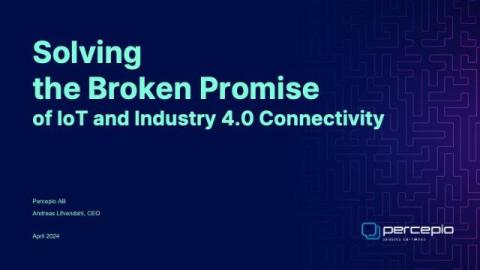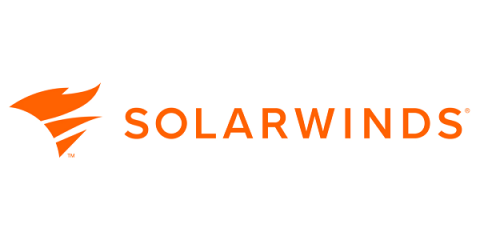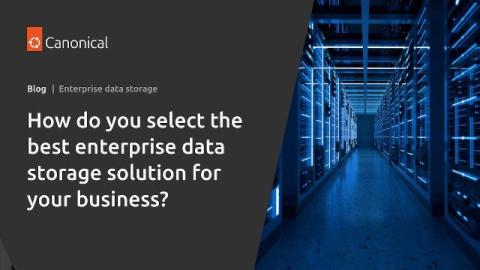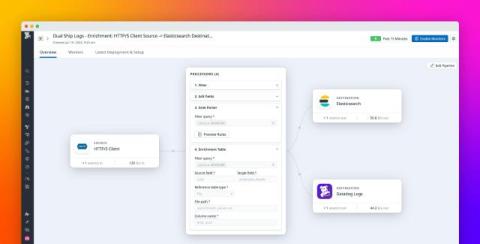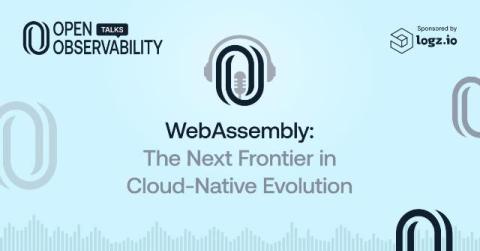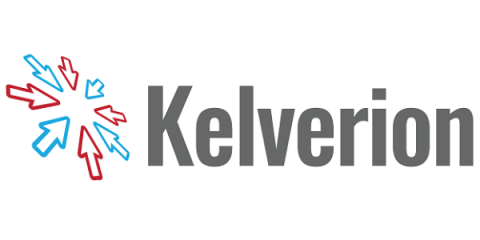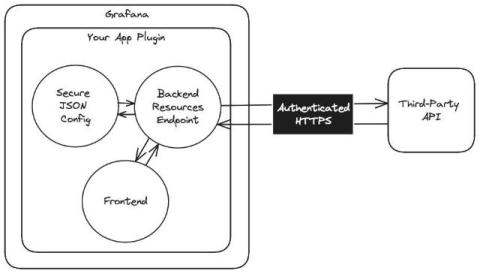Network topology: Definition and role in observability
Network topology describes how a network‘s nodes, connections, and devices physically arrange and interconnect, as well as how they communicate. The arrangement or configuration of a network’s components plays a crucial role in ensuring smooth ITOps with minimum downtime. Any issues in the network can disrupt operations, leading to potentially dire consequences. To prevent this, you need to understand your network functionality and structure.



